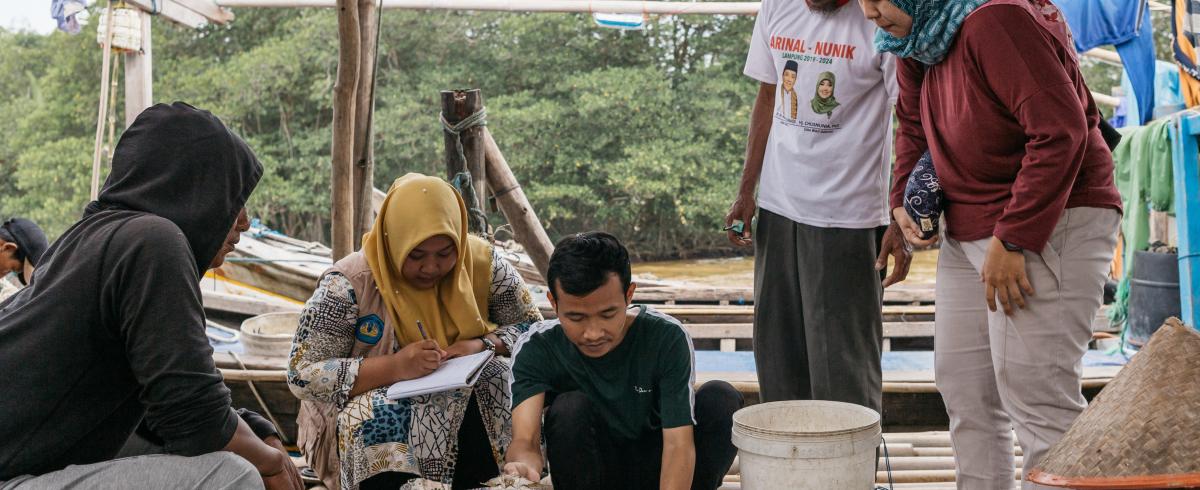En 2020, un estudio de escenarios y proyecciones de aprovechamiento de la pesquería de mero en Yucatán reportó que las cuotas de captura podrían ser parte de las medidas de manejo aplicables para la recuperación del stock, además de explorar los posibles efectos de la selectividad de las artes de pesca y la variabilidad ambiental en el stock de mero rojo. Es por lo anterior que el objetivo del presente estudio es evaluar los efectos en la población y los costos asociados en el corto y mediano plazo del establecimiento de una cuota de captura, así como la modificación de las tallas de captura a través de un incremento en el tamaño del anzuelo utilizado para su captura, bajo condiciones ambientales promedio y bajo dos escenarios de cambio climático.

